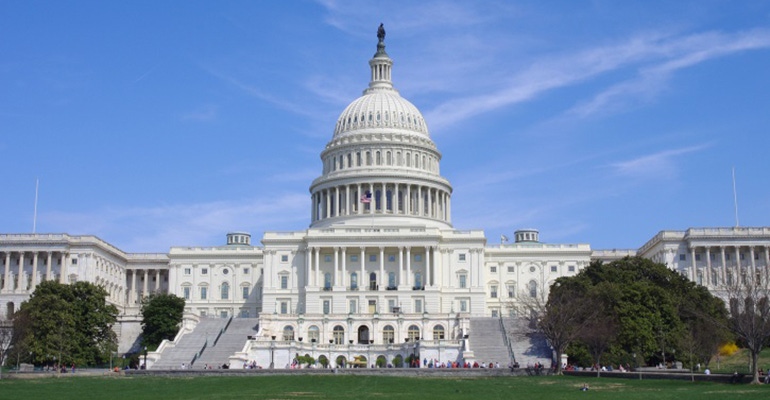February 3, 2020

The third and final installment of 2019 Market Facilitation Program payments will begin to show up in farmers’ bank accounts by the end of this week.
“It’s been a great start to 2020 for American agriculture with the signing of the historic Phase One Deal with China and the signing of USMCA,” said Agriculture Secretary Sonny Perdue. “While these agreements are welcome news, we must not forget that 2019 was a tough year for farmers as they were the tip of the spear when it came to unfair trade retaliation."
Payments will be made by FSA under the authority of CCC Charter Act to producers of alfalfa hay, barley, canola, corn, crambe, dried beans, dry peas, extra-long staple cotton, flaxseed, lentils, long grain and medium grain rice, millet, mustard seed, oats, peanuts, rapeseed, rye, safflower, sesame seed, small and large chickpeas, sorghum, soybeans, sunflower seed, temperate japonica rice, triticale, upland cotton, and wheat. MFP assistance for these non-specialty crops is based on a single county payment rate multiplied by a farm’s total plantings of MFP-eligible crops in aggregate in 2019. Those per-acre payments are not dependent on which of these crops are planted in 2019. A producer’s total payment-eligible plantings cannot exceed total 2018 plantings. County payment rates range from $15 to $150 per acre, depending on the impact of unjustified trade retaliation in that county.
Dairy producers who were in business as of June 1, 2019, will receive a per hundredweight payment on Dairy Margin Coverage production history, and hog producers will receive a payment based on the number of live hogs owned on a day selected by the producer between April 1 and May 15, 2019.
MFP payments will also be made to producers of almonds, cranberries, cultivated ginseng, fresh grapes, fresh sweet cherries, hazelnuts, macadamia nuts, pecans, pistachios, and walnuts. Each specialty crop will receive a payment based on 2019 acres of fruit or nut bearing plants, or in the case of ginseng, based on harvested acres in 2019.
Acreage of non-specialty crops and cover crops had to be planted by Aug. 1, 2019 to be considered eligible for MFP payments.
Per-acre non-specialty crop county payment rates, specialty crop payment rates, and livestock payment rates are available on farmers.gov.
This is the final of three tranches of MFP payments. The first tranche was comprised of the higher of either 50% of a producer’s calculated payment or $15 per acre, which may reduce potential payments to be made in tranche three. The second tranche was 25% of the total payment expected, in addition to the 50% from the first tranche.
MFP payments are limited to a combined $250,000 for non-specialty crops per person or legal entity. MFP payments are also limited to a combined $250,000 for dairy and hog producers and a combined $250,000 for specialty crop producers. However, no applicant can receive more than $500,000. Eligible applicants must also have an average adjusted gross income for tax years 2015, 2016, and 2017 of less than $900,000 unless at least 75% of the person’s or legal entity’s AGI is derived from farming, ranching, or forestry related activities. Applicants must also comply with the provisions of the Highly Erodible Land and Wetland Conservation regulations.
Producers who filed a prevented planting claim and planted an FSA-certified cover crop, with the potential to be harvested qualify for a $15 per acre payment. Acres that were never planted in 2019 are not eligible for an MFP payment.
How did the trade aid come to pass?
Producers had until Feb. 14 to sign up for the federal aid, Reuters reported. The $28 billion in trade aid meant farm income rose in a year when they were expected to fail.
Perdue announced the details of the trade aid on May 23. The package includes:
Market Facilitation Program, which will provide $14.5 billion in direct payments to producers.
Food Purchase and Distribution Program, which will use $1.4 billion to purchase surplus commodities.
Agricultural Trade Promotion Program, which assists in developing new markets. A total of $100 million is allocated for this program.
The trade aid was criticized by the EU, China and five other World Trade Organizations members who said the bailout may violate international rules. And a study found half of the latest money went to just a tenth of recipients of the program. As of Nov. 4, USDA reported that $6.68 billion had been paid to farmers.
Source: USDA, which is solely responsible for the information provided and is wholly owned by the source. Informa Business Media and all its subsidiaries are not responsible for any of the content contained in this information asset.
You May Also Like




